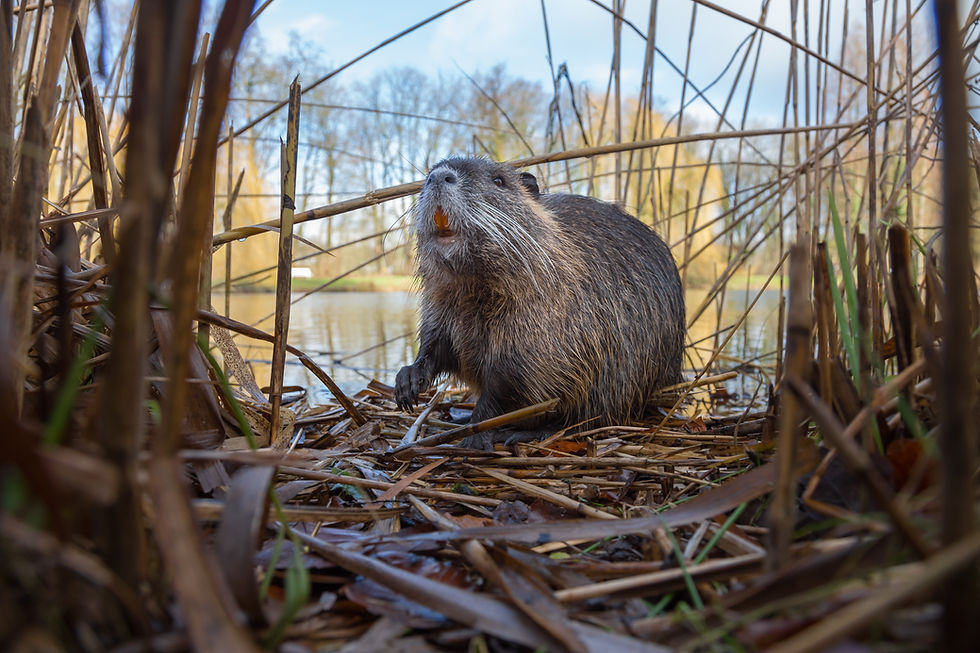
A COLLABORATION TO PREVENT THE INTRODUCTION AND SPREAD OF AQUATIC INVASIVE SPECIES
WESTERN AQUATIC INVASIVE SPECIES RESOURCE CENTER
AIS IN THE NEWS
NEW SPECIES ALERT:
Golden Mussel – Limnoperna fortunei
Invasive Non-Native Golden Mussel Discovered in the Sacramento–San Joaquin Delta
Dreissenids
Idaho Quagga Mussel Response Updates
Ballast Water
Clarification on Canadian ballast water requirements
Green Crab
More money sought for invasive crab battle
Freshwater
Preventing aquatic invasive species spread could save Montana millions
Fish
Catch, kill, report walleye in Idaho's salmon and steelhead rivers
Jobs
Skokomish Indian Tribe: Vacancy Announcement Aquatic Invasive Species Coordinato
----------------------------------------
For the latest edition of
AIS IN THE NEWS: CLICK HERE
REPORT AN INVASIVE SPECIES HERE.
Aquatic invasive species are marine, estuarine, or freshwater organisms that invade ecosystems beyond their natural, historic range. They cause economic and environmental damage as well as detrimentally affect human use of our natural resources by permanently degrading the habitats they invade, hindering economic development, reducing or eliminating recreational and commercial activities, decreasing the aesthetics of our environment, and serving as vectors of disease.
This website reflects the collaborative efforts of many states and provinces in the western United States and other regions of the country to prevent the introduction and spread of aquatic invasive species by focusing on their pathways of introduction, sharing information and best management practices, achieving consensus on protocols and standards as well as regulations, developing and implementing outreach campaigns to raise public awareness, and providing training. A network of committed individuals, agencies, and organizations are working together to advance our understanding of the detrimental effects of invasive species and reduce the effects they have on us, our environment, and our economy.
We encourage you to use this website to understand aquatic invasive species pathways, seeking watercraft inspection and decontamination training, want to understand the regulations that exist in different states and provinces, seek to learn the latest news about aquatic invasive species, or would like to review any of our interactive online databases, such as how and where biologists are monitoring for the presence of aquatic invasives, or what rapid response plans exist to address a new introduction of aquatic invasives.
Our thanks to everyone for the level of cooperation and collaboration that takes place on a daily basis to make the information on this website possible.
Invasive species affect ecosystem structure and function, resulting in a loss of biodiveristy or unique habitats.
Invasive species can:
-
Outcompete and displace native species
-
Cause dramatic shifts in trophic dynamics, food web structure, and species abundance
-
Cause local extinction of species
-
Cause large-scale mortality of trees and shrubs
-
Reduce the value of timber and agricultural crops and their associated products
-
Alterate ecosystem processes
-
Modify the provision of ecosystem services
-
Alterate gene pools through hybridization with native species
-
Alter carbon and nitrogen cycling, water use, and soil properties
-
Reduce potential of recreationally hunted and fished species
-
Diminish habitat aesthetics
-
Alter water chemistry
-
Host pathogens and parasites harmful to fish and other aquatic species
Prevention is the first line of defense: Everyone can make a difference in the fight against invasive species by learning about how to prevent their introduction and movement.
FUNDING for westernais.org PROVIDED BY:




